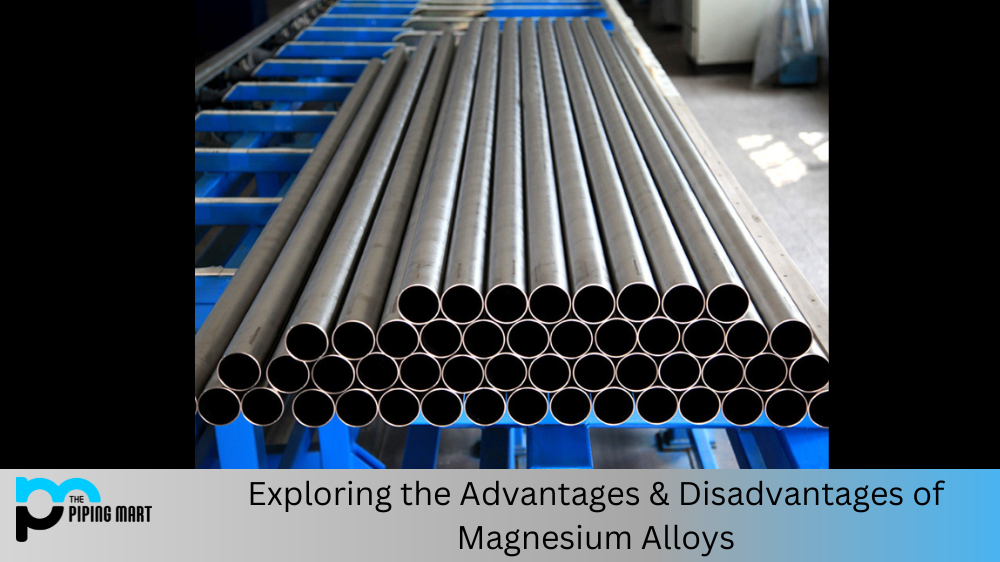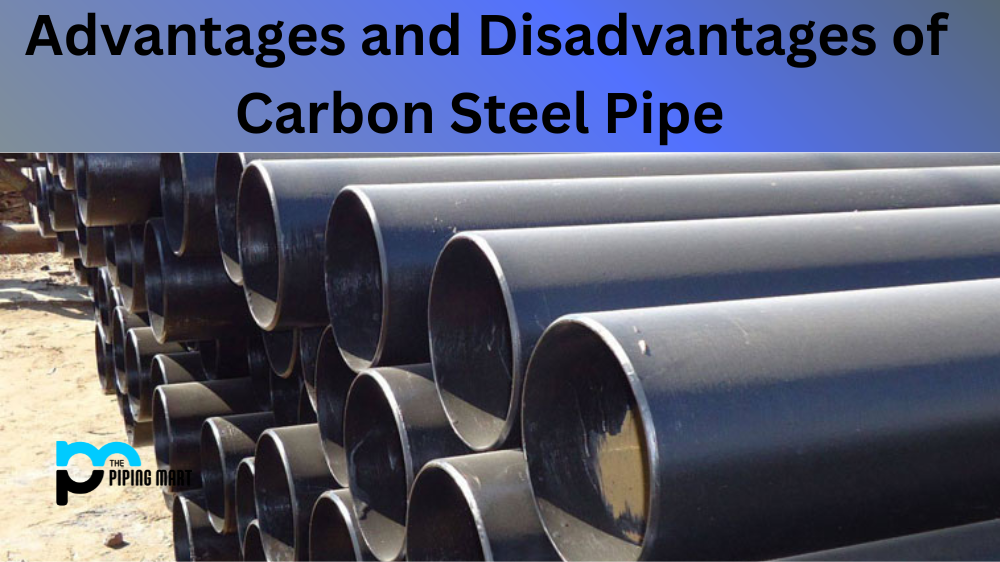Magnesium alloys are increasingly being used in engineering and manufacturing applications due to their strong yet lightweight properties. But as with any material, there are advantages and disadvantages to consider when selecting magnesium alloys for a particular project. In this blog post, we’ll look at the pros and cons of using magnesium alloys, so you can decide whether they’re suitable for your needs.
5 Advantages of Magnesium Alloys
Magnesium alloys have several advantages that make them attractive to engineers and manufacturers. One key benefit is their light weight; magnesium alloys are approximately two-thirds lighter than aluminum, which means they can reduce the overall weight of a product or structure without sacrificing strength or durability. They also have excellent machinability, meaning they can be easily cut into complex shapes without compromising their structural integrity. Finally, magnesium alloys are non-corrosive, making them ideal for use in environments where exposure to moisture is likely.
- Magnesium alloys are strong and lightweight.
- Magnesium alloys are corrosion-resistant.
- Magnesium alloys have a high strength-to-weight ratio.
- Magnesium alloys are recyclable.
- Magnesium alloys are non-toxic.
5 Disadvantages of Magnesium Alloys
Despite their many benefits, there are some drawbacks to using magnesium alloys that must be taken into consideration before selecting them for a project. The most significant disadvantage is cost; magnesium alloys tend to be more expensive per unit weight than other materials due to their relative rarity compared to other metals such as aluminum or steel. Additionally, magnesium is highly reactive with oxygen, so it must be kept clean during fabrication and welding processes to avoid contamination that can lead to flaws or defects in the finished product. Finally, while they offer good tensile strength compared to other lightweight metals such as aluminum, magnesium alloys are not as strong as steel or titanium – an essential factor when considering load capacity requirements for specific projects.
Increased Cost
One of the primary disadvantages of magnesium alloys is their increased cost. Magnesium alloys are more expensive to produce than aluminum alloys, and this increased cost is passed on to consumers in the form of higher prices.
Lower Strength
Magnesium alloys also tend to be weaker than aluminum alloys. This lower strength can make them more susceptible to damage and limit their use in applications requiring high strength.
Lower Density
Magnesium alloys also have a lower density than aluminum alloys. This lower density can make them less durable and lead to increased fuel consumption in vehicles where they are used.
Corrosion Issues
Magnesium alloys are also more susceptible to corrosion than aluminum alloys. This corrosion can cause parts made from magnesium alloys to degrade over time, which can lead to failures or other issues.
Limited Availability
Another disadvantage of magnesium alloys is their limited availability. Due to their increased cost and lower strength, magnesium alloys are less widely used than aluminum alloys. This limited availability can make it difficult for manufacturers to obtain the materials they need for their products.
Conclusion:
Magnesium alloys can provide numerous benefits over traditional materials such as steel or aluminum when used correctly and in suitable applications. Their light weight makes them ideal for reducing overall product weights without sacrificing strength or durability; plus, they offer excellent machinability and non-corrosive properties that make them well-suited for moist environments. However, some drawbacks should be considered before deciding whether magnesium alloy is appropriate for your project, including cost considerations due to their relative rarity compared to other metals, plus potential contamination issues if proper fabrication procedures are not followed closely during the manufacturing process. By weighing these pros and cons carefully against each other, you will determine if incorporating magnesium alloy into your design will ultimately help you meet your goals efficiently and effectively.
Sakshee is a talented blogger, with a particular focus on the Business and Metal Industry. She is passionate about sharing her insights on various metal products and helping professionals to make a better decisions.




